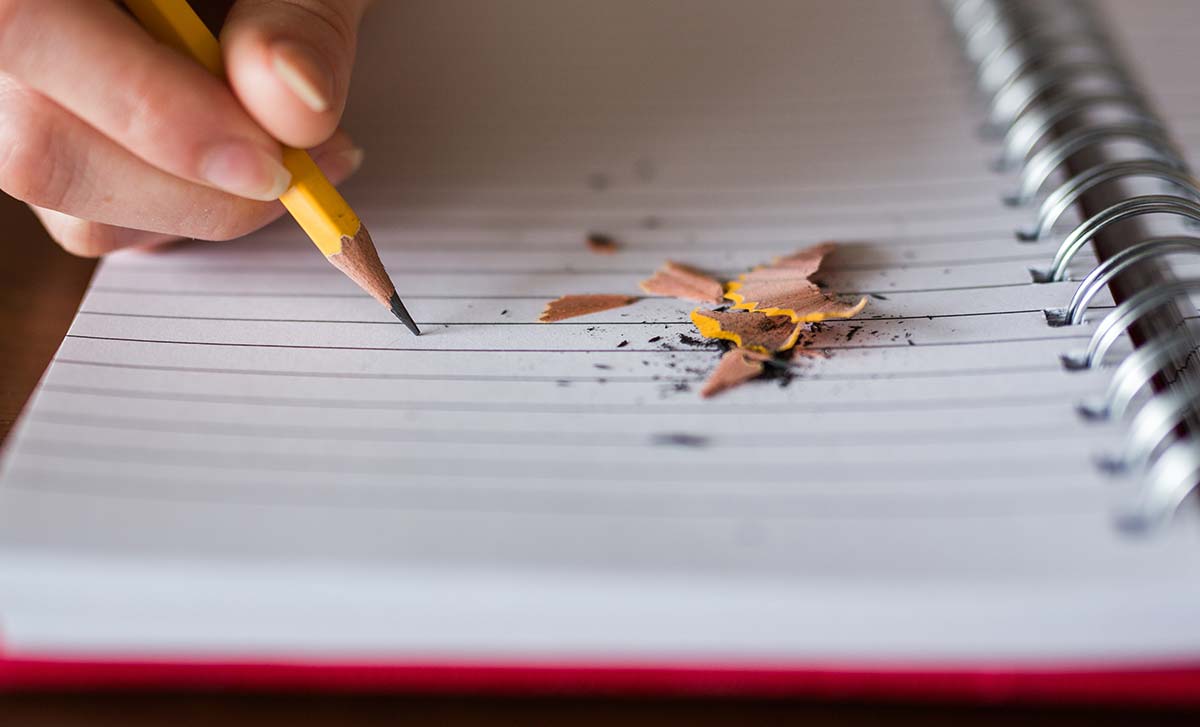
22 Jul Dysgraphia
Posted at 08:17h
in Learning Difficulties
What is Dysgraphia?
Dysgraphia is a learning difficulty that affects written expression and can present itself in ways associated with words such as handwriting and spelling.
What are the characteristics of Dysgraphia?
- Difficulty planning and organising a piece of writing
- Difficulty writing their thoughts down on paper
- Difficulty with handwriting
How Dysgraphia can affect your child’s learning
- Difficulty getting their thoughts down on paper…”I don’t know what to write!”
- Difficulty organising their writing on paper so as their thoughts are logical and fluent and make sense to the reader.
- Their stories have no fluency, their ideas don’t flow. They may leave out important details or their sentences may be jumbled up and out of sequence.
- Difficulty maintaining a train of thought so they lose their spot and are unable to complete a paragraph or written text that is age appropriate.
- Trouble with Grammar. This may include not understanding how words work and how words fit together to make sentences.
- Confusion with verb tenses.
- Problems with punctuation.
- Problems with spelling. Children with dyspraxia may not only misspell words but will misspell words a number of different ways in the same text.
- Poor fine-motor-co-ordination so learning to write is really hard for them.
- Holding a pencil may be a challenge or positioning the body correctly when writing.
- They may have trouble with the formation of letters, where to start and what direction to go in.
- They may not leave spaces between words or alternatively leave too bigger spaces between letters.
- Words may not sit on the line or start at the margin of the page.
- Letters may be different sizes and they may interchange capital and lowercase letters in one word.
- Their handwriting may be illegible or very hard to read….not just for another person but for themselves when they re-read it upon completion.



